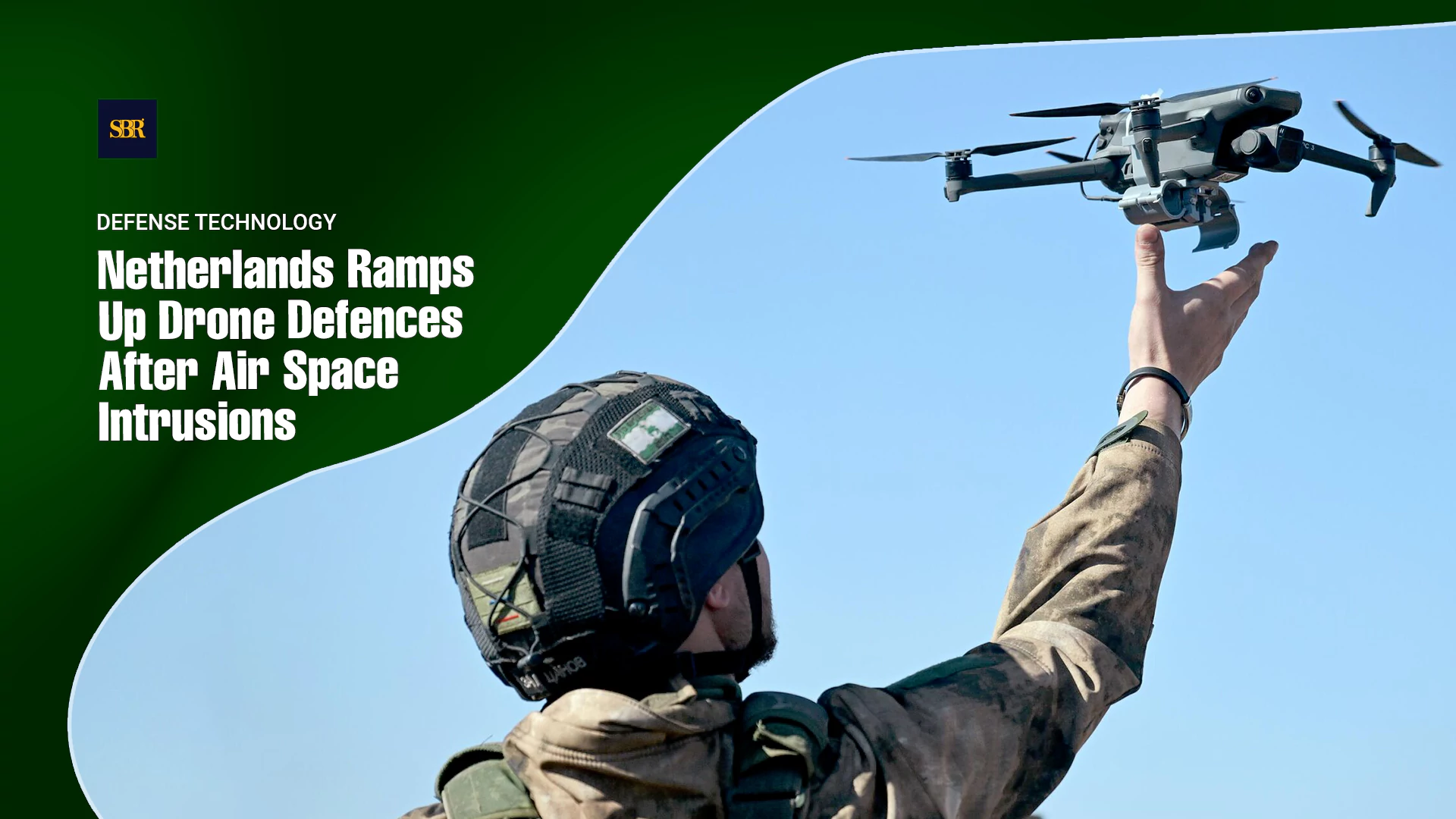🔺30 Innovators to Watch 2024
We’re Focused on Future-Proofing Buildings by Giving Operators the Tools They Need to Meet Emerging Challenges: Jennifer Nuckles, CEO of R-Zero
Jennifer Nuckles: Our indoor air quality (IAQ) monitoring is crucial because it ensures that the air tenants breathe is safe and comfortable.

Jennifer Nuckles, CEO, R-Zero
R-Zero is a smart building technology company that improves indoor spaces to boost productivity, energy efficiency, and performance. R-Zero’s platform offers real-time insights with features like air quality monitoring, efficient HVAC filtration, space sensors, and occupancy controls. The company’s analytics also help predict future needs, while its secure and easy-to-use platform helps building owners, operators, and tenants adapt to challenges and improve efficiency.
SME Business Review recently spoke with Jennifer Nuckles, CEO of R-Zero, to explore how the company is transforming building management through innovative smart technology solutions. Here are the highlights from our conversation.
Interview Excerpts
R-Zero offers a wide array of solutions for optimizing indoor spaces. Could you give us an overview of what your platform provides?
Absolutely! At R-Zero, we focus on providing smart building technology that helps businesses optimize their indoor spaces for better productivity, energy efficiency, and occupant health. Our platform includes a variety of tools, such as indoor air quality monitoring, high-efficiency HVAC filtration, space utilization sensors, and occupancy-based building controls. These tools work together to improve real-time decision-making and offer actionable insights that drive efficiency, lower energy costs, and ensure buildings are prepared for the future.
It’s clear that health and well-being are integral to R-Zero’s offerings. How does the air quality monitoring feature impact building operations?
Our indoor air quality (IAQ) monitoring is crucial because it ensures that the air tenants breathe is safe and comfortable. By continuously tracking air quality, our system allows operators to make proactive adjustments to HVAC systems before issues arise. This not only improves the environment for occupants but also helps operators stay ahead of compliance regulations related to air quality. It’s about creating healthier spaces that contribute to better overall well-being, and when your building performs well in this area, you’re more likely to see improved productivity and tenant satisfaction.
Beyond air quality, R-Zero offers high-efficiency HVAC filtration. How does this feature contribute to building performance?
Our high-efficiency HVAC filtration is designed to optimize air filtration while reducing energy costs. HVAC systems are typically a significant source of energy consumption in buildings, and by enhancing their filtration efficiency, we’re able to remove harmful particles without compromising airflow. This means buildings can achieve better air quality with a system that works smarter and more efficiently. It’s a win-win for both operators and occupants.
You also mention space utilization sensors as part of R-Zero’s platform. Could you explain how these sensors work and why they’re important?
The space utilization sensors are a game changer for building operators. They allow us to track how spaces are used in real time, which helps identify underutilized areas. For instance, with the rise of hybrid work models, some office spaces may be less frequently occupied. Our platform provides the data needed to assess these changes and make better decisions about how to reorganize, repurpose, or optimize those spaces. Ultimately, it’s about using your real estate more effectively, whether that means reducing space, adjusting layouts, or enhancing the user experience.
How does R-Zero’s occupancy-based building control work, and how does it affect day-to-day operations?
Our occupancy-based building controls are designed to respond to real-time occupancy levels in a building. For example, the lighting, HVAC, and other environmental systems can be automatically adjusted based on how many people are in a particular space. This ensures that energy isn’t wasted in areas that aren’t being used, and it also maintains comfort for those who are present. By being able to dynamically adjust systems in response to actual demand, operators can significantly improve energy efficiency while keeping occupants comfortable.
Data analytics seem to play a large role in your platform. How does R-Zero’s real estate performance analytics benefit building operators?
Real estate performance analytics provide building operators with a comprehensive view of their property’s performance, both in terms of energy efficiency and tenant satisfaction. By gathering and analyzing data from multiple systems, our platform helps operators track how well the building is performing in areas like energy usage, space efficiency, and occupant comfort. This data allows us to make informed predictions about future real estate needs and plan for the evolving demands of tenants. It’s about giving operators the insights they need to make smarter, data-driven decisions that enhance both performance and profitability.
One of the key aspects of R-Zero is its connected platform. What makes your platform unique in terms of user experience and scalability?
Our platform is designed to be user-friendly, secure, and scalable, making it accessible to a wide range of users, from building owners to operators to tenants. We wanted to ensure that the platform was not only easy to navigate but also provided robust security to protect sensitive data. It’s also built to scale with a building’s needs, whether that means adding new sensors or integrating with existing systems. The scalability aspect ensures that no matter how a building’s requirements evolve, our platform can grow with them without major disruptions.
How does R-Zero help building operators prepare for future challenges?
We’re focused on future-proofing buildings by giving operators the tools they need to meet emerging challenges. With sustainability, energy efficiency, and occupant well-being becoming top priorities, we ensure that our platform stays ahead of industry trends. Whether it’s evolving regulatory standards or changing tenant expectations, we want our platform to be ready to adapt. By delivering real-time insights, predictive analytics, and customizable controls, we help building operators plan for the future and continuously improve building operations.
What do you see as the future of smart building technology?
The future of smart building technology is about creating spaces that are not only more efficient but also more responsive to the needs of the people who use them. As technology advances, we expect even more integration between building systems, allowing for greater automation and smarter decision-making. At R-Zero, we’re always looking for new ways to enhance our platform and ensure our customers have the tools they need to optimize every aspect of building performance.
Jennifer Nuckles, CEO, R-Zero
Our platform is designed to be user-friendly, secure, and scalable, making it accessible to a wide range of users, from building owners to operators to tenants.







